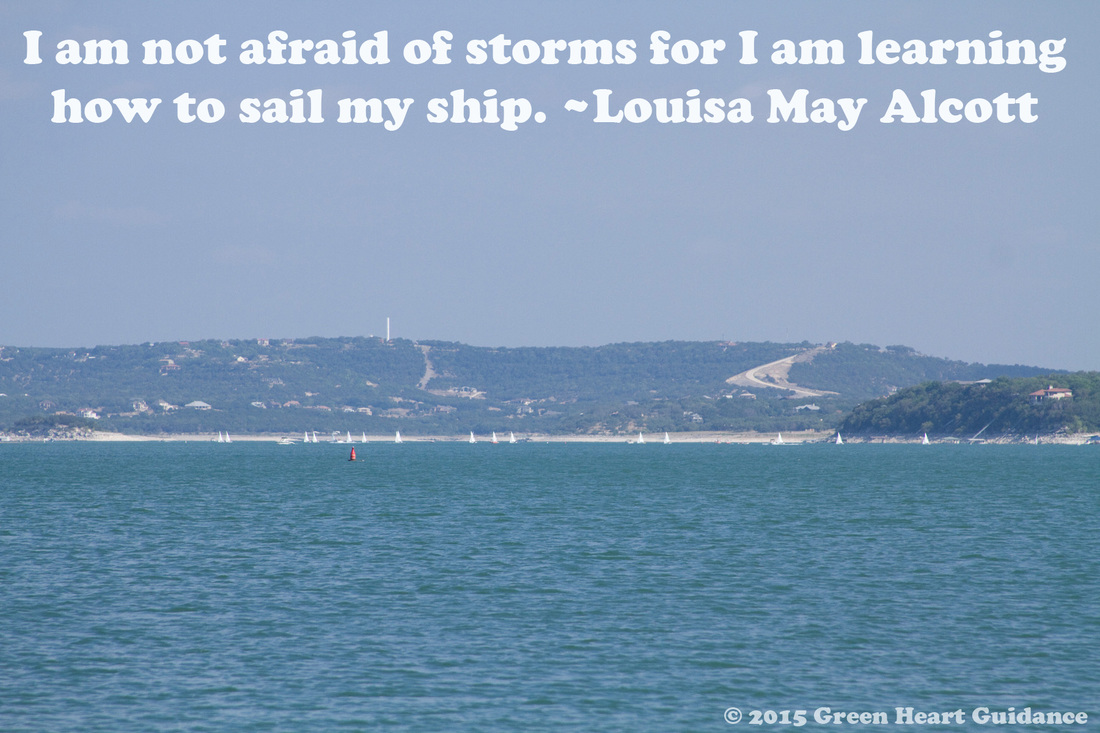
Since then, I have read many books and e-books looking for a great introduction to meditating to recommend to clients. Many of the books have been truly awful, loaded with the egos of the authors or with dogmatic approaches to meditation that don’t allow for individual differences or challenges. Meditation: A Beginner's Guide (original title: Seeing The Wider Picture) by Charlotte Parnell is the first book I have thought did a fabulous job with how it described meditation, intuition, and the benefits of both. I’m a bit puzzled as to where or how I recently acquired this book since I have a new hardback copy and it’s not in print any more though lots of used copies are available on the internet and a digital edition is available as well. The book really needs to be edited both to reflect the new title and to correct many minor grammatical errors through the text. (A better new title would likely have been Meditation: A Beginner's Guide to Seeing the Wider Picture thus eliminating the inconsistencies with the title references throughout the book.) However, once one understands what on earth the author is talking about when she refers to the (old) title, the book progresses in an easy to read fashion.
Among the topics Parnell covers successfully are journaling after meditating, frequency of meditation, atmosphere, position, breathing, relaxation, visualization, self-healing, and benefits. All of the topics are covered in a non-judgmental way that encourages the readers to explore their own experiences and find what is right for them. While Parnell gives a variety of options with regard to every topic, she makes it clear that what works for one person may be wrong for another, something that many other authors can’t seem to grasp. Parnell sees the importance of meditation is in its ability to open us to our higher selves and a higher state of being; she acknowledges that a belief in a god is not necessary for this though the book is very spiritual (not religious) in tone. She also covers a bit of the basic info about grounding and protection, topics that are often avoided in meditation books but which are vital to metaphysical safety.
The last part of the book is ten meditation exercises. I was a bit disappointed in these as many of them are very similar to each other, though Parnell explains why she keeps them so similar as a teaching strategy. Still, I would have preferred more variety in them. I singled out six of the exercises that I think would make good short (five minute) guided meditations for the Meetup group I lead.
Overall, I am delighted to find this short pocketbook which provides such a great introduction to meditation as a spiritual and healing venture. I will be recommending it to many clients who are seeking to begin a spiritual meditation practice as they work on healing themselves.
© 2015 Elizabeth Galen, Ph.D., Green Heart Guidance, LLC















 RSS Feed
RSS Feed